Research
Improved function of diabetic wound-site macrophages and accelerated wound closure in response to oral supplementation of a fermented papaya preparation
FILE2010
Category Endocrine SystemSkinChronic WoundType II DiabetesBasic Research
Eric Collard , Dr. Sashwati Roy
Comprehensive Wound Center, Department of Surgery, Davis Heart and Lung Research Institute, The Ohio State University Medical Center
Antioxidants & Redox Signaling. September 1, 2010: 599-606.
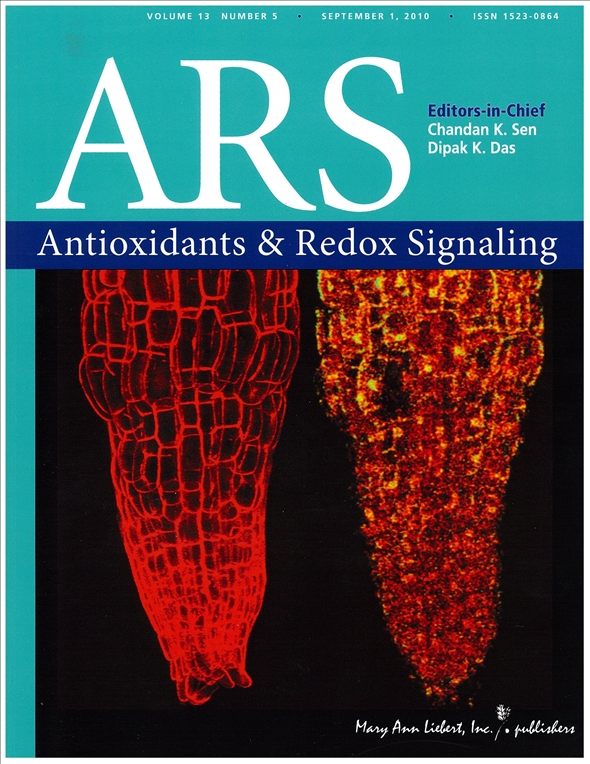
Carica papaya Linn is widely known as a medicinal fruit. We sought to study a standardized fermented papaya preparation (FPP) for its effects on wound healing in adult obese diabetic (db/db) mice. FPP blunted gain in blood glucose and improved lipid profile after eight weeks of oral supplementation. However, FPP did not influence weight gain during the supplementation period. FPP (0.2g/kg body weight) supplementation for 8 weeks before wounding was effective in correcting wound closure. Studies on viable macrophages isolated from the wound site demonstrated that FPP supplementation improved respiratory burst function as well as inducible NO production. Reactive oxygen species support numerous aspects of wound healing. Also, NO availability in diabetic wounds is known to be compromised. Diabetic mice supplemented with FPP showed higher abundance of CD68 as well as CD31 at the wound site suggesting effective recruitment of monocytes and improved pro-angiogenic response. This work provides first evidence that diabetic wound outcomes may benefit from FPP supplementation by specifically influencing the response of wound-site macrophages and subsequent angiogenic response. Given that FPP has a long track-record of safe human consumption, testing of the beneficial effects of FPP on diabetic wound related outcomes in a clinical setting is warranted.
Eight weeks of oral FPP supplementation to diabetic(db/db) mice results in:
1.Attenuation in the % gain in blood glucose without any effects on body weight gain(fig.1).
2.Improved blood lipid profile including lower LDL, TGL and Tchol levels and an increase in HDL levels.
3.Significant increase in the rate of wound closure and wound angiogenesis(fig.2).
4.Increase in wound closure rate was associated with an augmented nitric oxide and superoxide production by wound macrophages suggesting an improved macrophage function.
5.The iNOS and VEGF gene expression were markedly upregulated in the wounds FPP supplemented db/db mice.
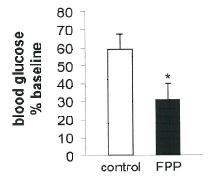
fig.1Percent improvement of plasma glucose levels after the 8 weeks of FPP supplementation.
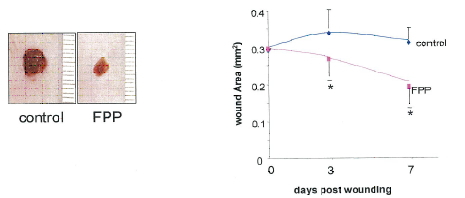
fig.2 Effect of FPP on wound healing.
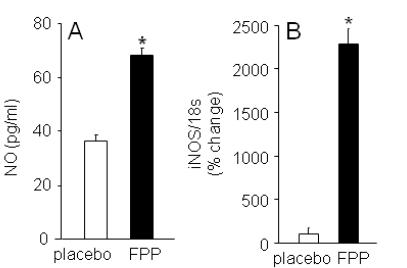
fig.3 Improved nitric oxide production by wound macrophages and elevated iNOS gene expression in wound tissue in FPP-supplemented diabetic mice.
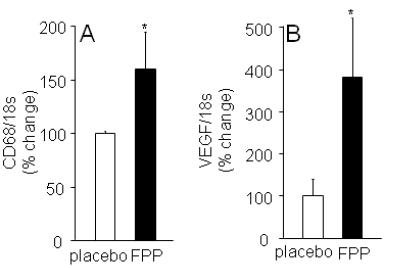
fig.4 Elevated abundance of CD68 and VEGF gene in wound of diabetic mice supplemented with FPP.
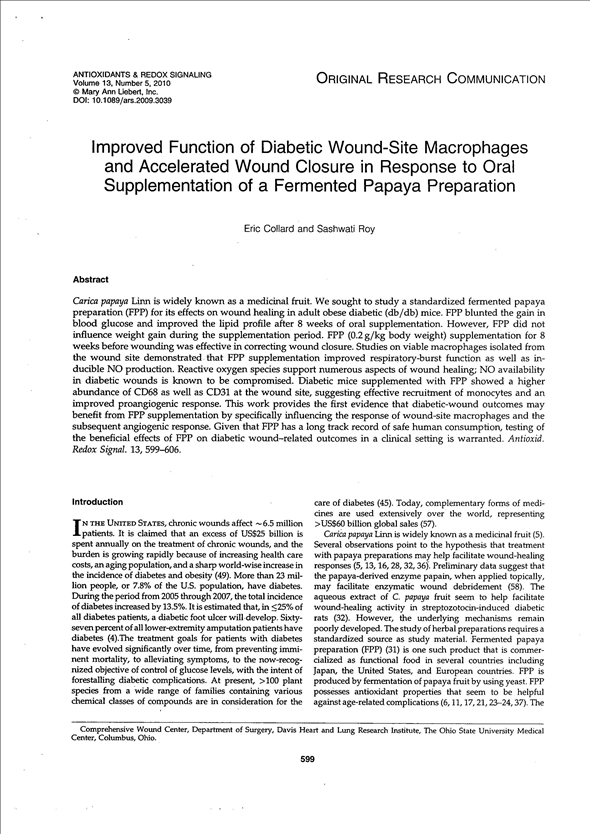
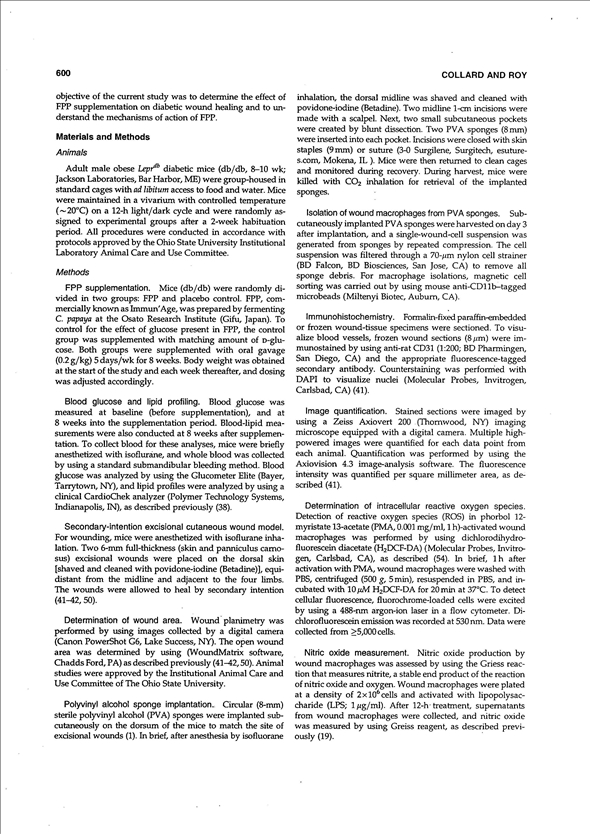
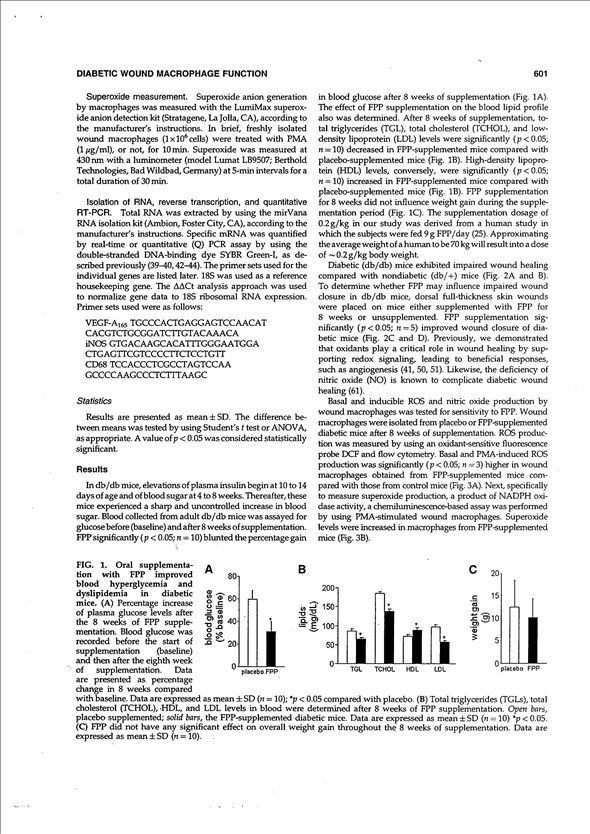
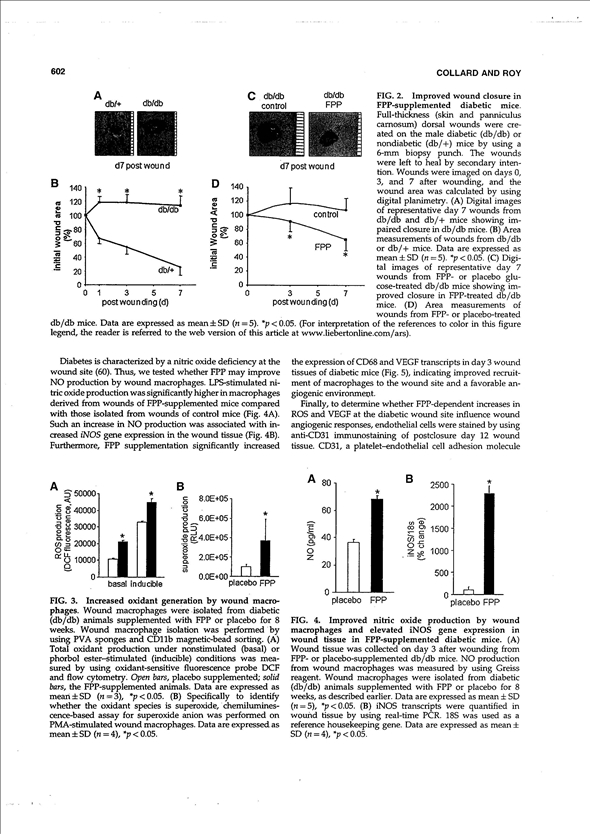
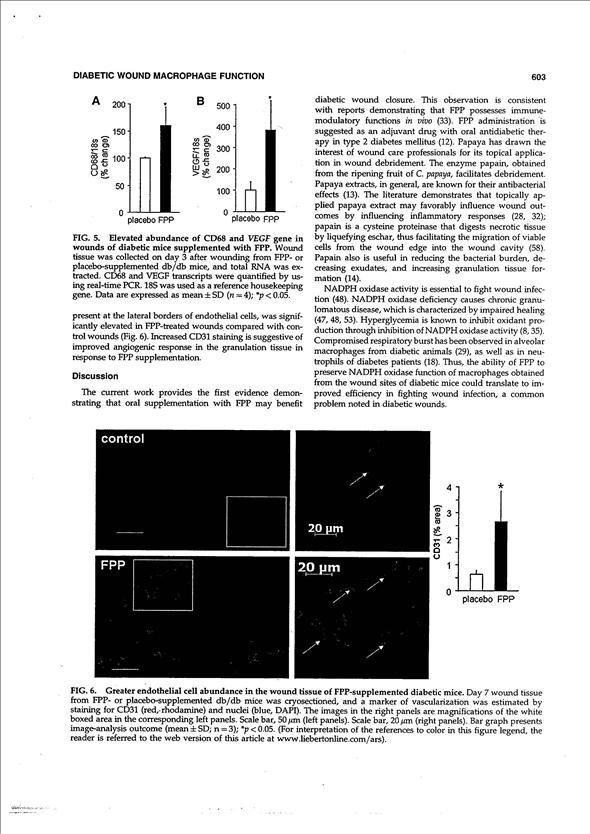
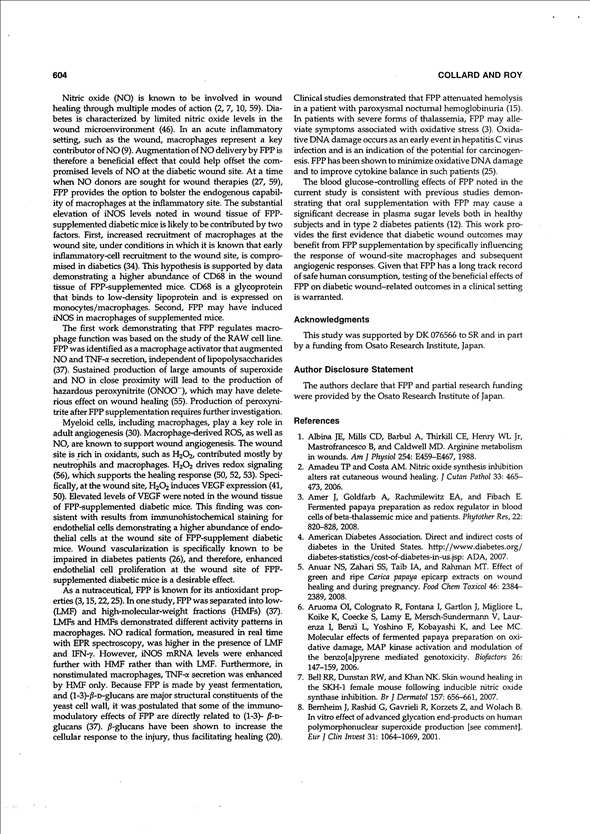
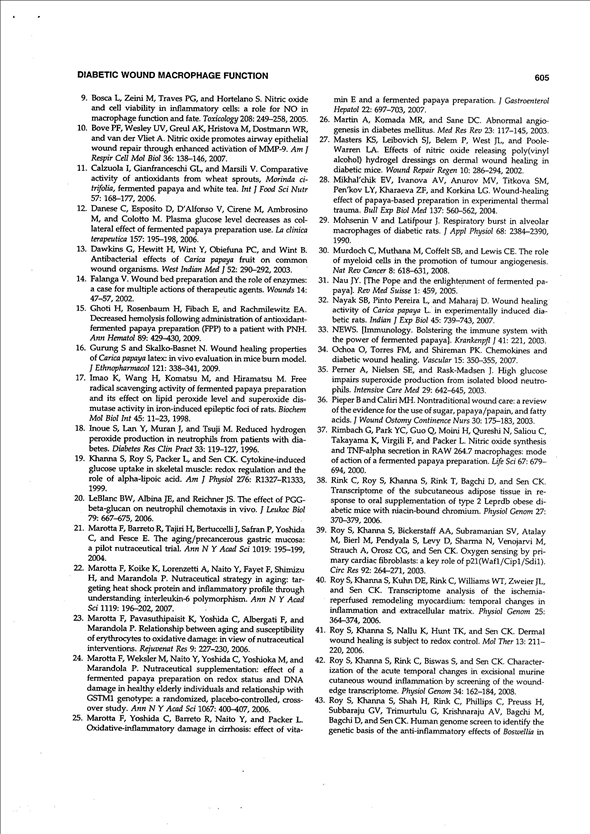
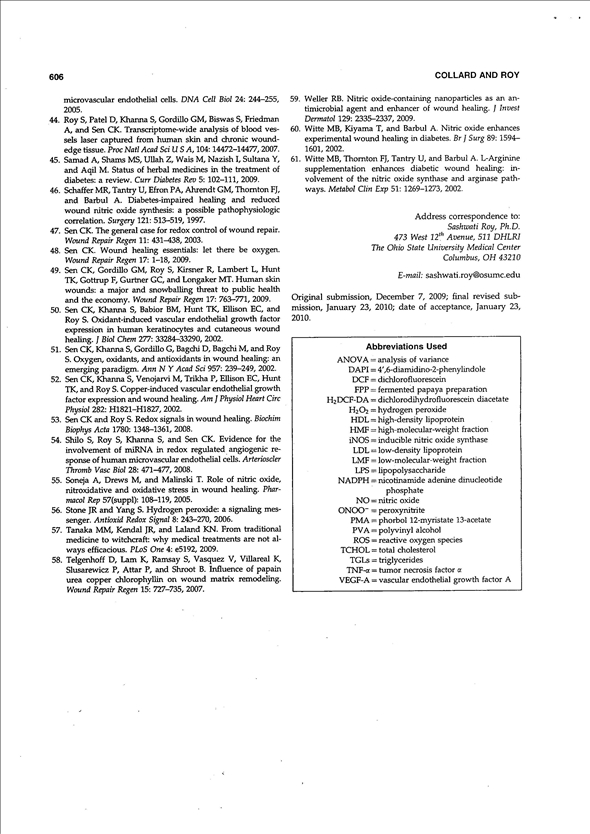
List of the related papers
Year
Name of Papers
2016
2010
